Dussehra is more than just a festival; it is a reminder of life’s most important lesson—that goodness will always win over evil. When we see the effigies of Ravana being burnt, it is not only about the story of Lord Rama’s victory. It is also about destroying the Ravana inside us—our anger, jealousy, pride, and greed.
For many families, Dussehra is a time of togetherness. Houses are decorated, sweets are shared, and prayers are offered with devotion. It is a festival that fills the air with joy, hope, and positivity. Children learn about our traditions, and elders pass down stories that carry values from one generation to the next.
In places like Mysuru, the grand celebrations remind us of our cultural heritage, while in villages and small towns, simple gatherings show the same spirit of unity. Whether big or small, every celebration teaches us that truth, courage, and kindness are the greatest strengths in life.
That is why Dussehra is important—it is not only a festival of lights, colors, and celebrations, but also a festival of values. It inspires us to be better human beings and to believe that, in the end, goodness will always triumph……..
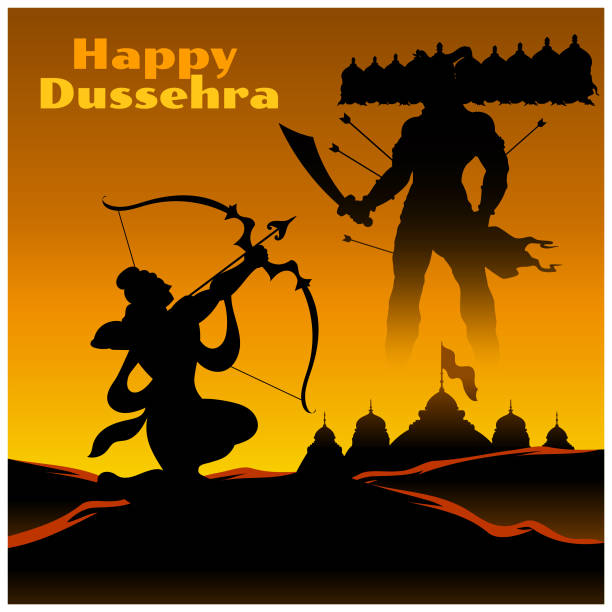
Dussehra, also known as Vijayadashami, is one of the most important festivals celebrated in India. It marks the victory of good over evil and truth over falsehood. The festival has both religious and cultural significance.
From the Ramayana, Dussehra reminds us of Lord Rama’s victory over the demon king Ravana. It teaches us that no matter how powerful evil may seem, it will always be defeated by righteousness. In many places, effigies of Ravana are burnt to symbolize the destruction of evil.
For devotees of Goddess Durga, Dussehra also celebrates her triumph over the demon Mahishasura. It highlights the strength of women and the power of divine energy in protecting the world.
Culturally, Dussehra is important because it brings families and communities together. People decorate their homes, visit temples, and take part in processions and fairs. In Karnataka, the grand Mysuru Dasara is world-famous for its royal celebrations.
The festival also inspires us to reflect on our own lives. It encourages us to overcome negative qualities like anger, greed, and selfishness, and to follow the path of truth, courage, and goodness.
Thus, Dussehra is not only a festival of joy but also a reminder of the timeless values of truth, virtue, and victory of good over evil.
.Generally what people do on tht day……………………
Morning prayers & rituals – Families wake up early, take a holy bath, and perform puja at home or in temples. Special offerings are made to Goddess Durga or Lord Rama.

Ayudha Puja (Worship of tools/vehicles) – Many people clean and decorate their tools, books, and vehicles, then worship them to show respect for the things that help in daily life.
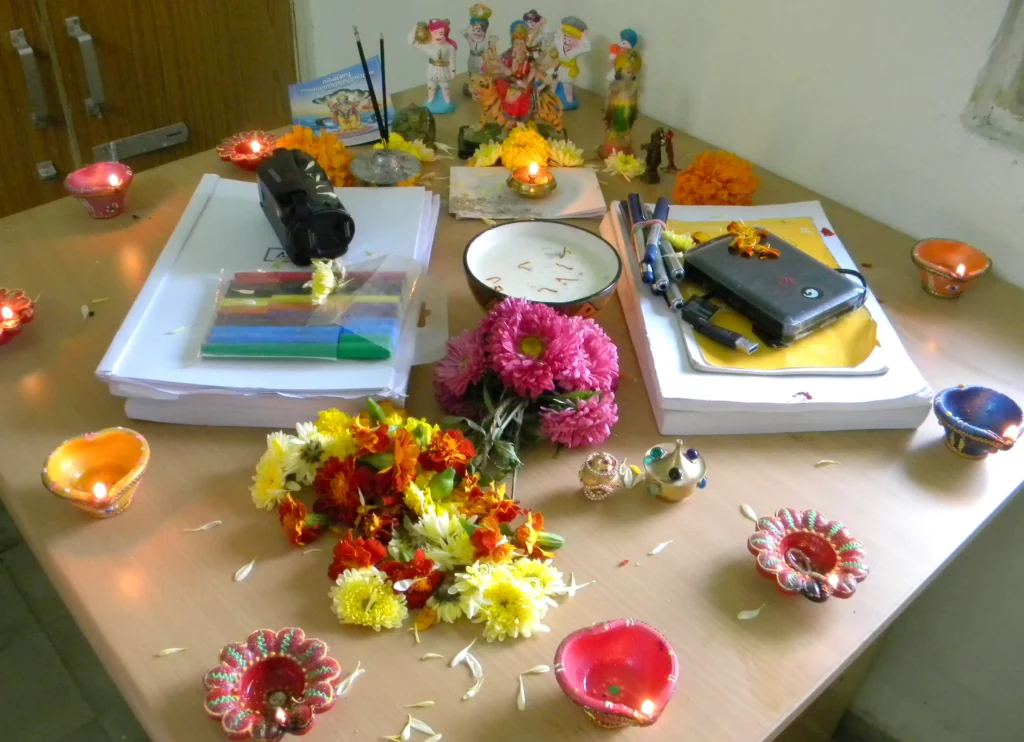
Visiting temples & fairs – People go to temples, attend community events, and enjoy Dussehra melas (fairs) with food stalls, games, and cultural programs.
Burning Ravana’s effigy – In many parts of India, huge effigies of Ravana, Kumbhakarna, and Meghnath are burnt with fireworks to symbolize the victory of good over evil.
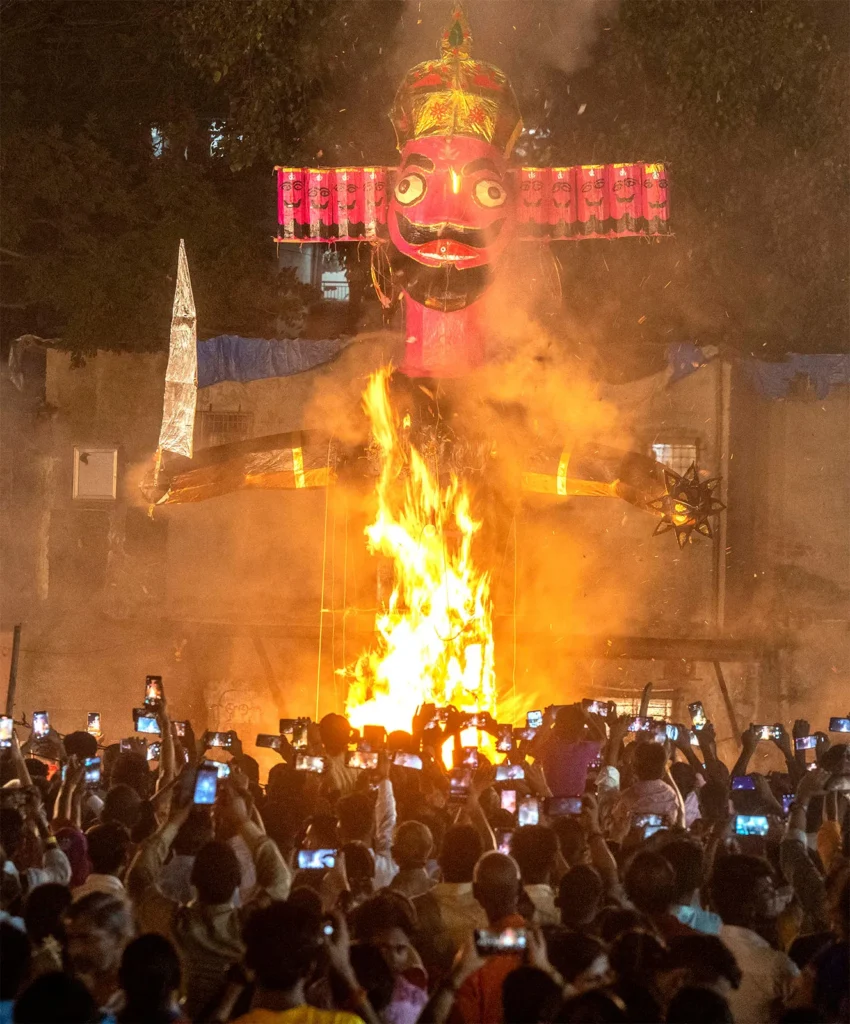
Cultural celebrations – In Mysuru, there’s a grand royal procession with decorated elephants, music, and dance. In Bengal, it marks the immersion of Goddess Durga idols after Navaratri.
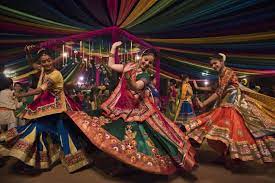
Family gatherings & feasts – Families come together, share festive meals, and prepare special sweets like payasam, jalebi, laddus, or obbattu.
Starting new beginnings – Since it is considered an auspicious day, people often buy new things, start new ventures, or begin important work.Morning prayers & rituals – Families wake up early, take a holy bath, and perform puja at home or in temples. Special offerings are made to Goddess Durga or Lord Rama.
Ayudha Puja (Worship of tools/vehicles) – Many people clean and decorate their tools, books, and vehicles, then worship them to show respect for the things that help in daily life.
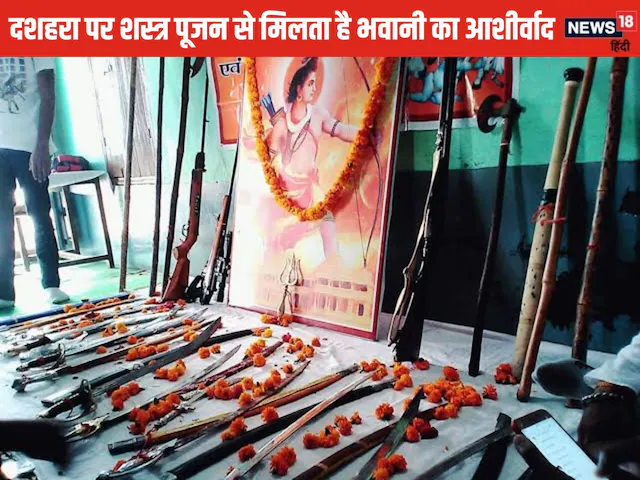
Visiting temples & fairs – People go to temples, attend community events, and enjoy Dussehra melas (fairs) with food stalls, games, and cultural programs.
Burning Ravana’s effigy – In many parts of India, huge effigies of Ravana, Kumbhakarna, and Meghnath are burnt with fireworks to symbolize the victory of good over evil.
Cultural celebrations – In Mysuru, there’s a grand royal procession with decorated elephants, music, and dance. In Bengal, it marks the immersion of Goddess Durga idols after Navaratri.

Family gatherings & feasts – Families come together, share festive meals, and prepare special sweets like payasam, jalebi, laddus, or obbattu.
Starting new beginnings – Since it is considered an auspicious day, people often buy new things, start new ventures, or begin important work.